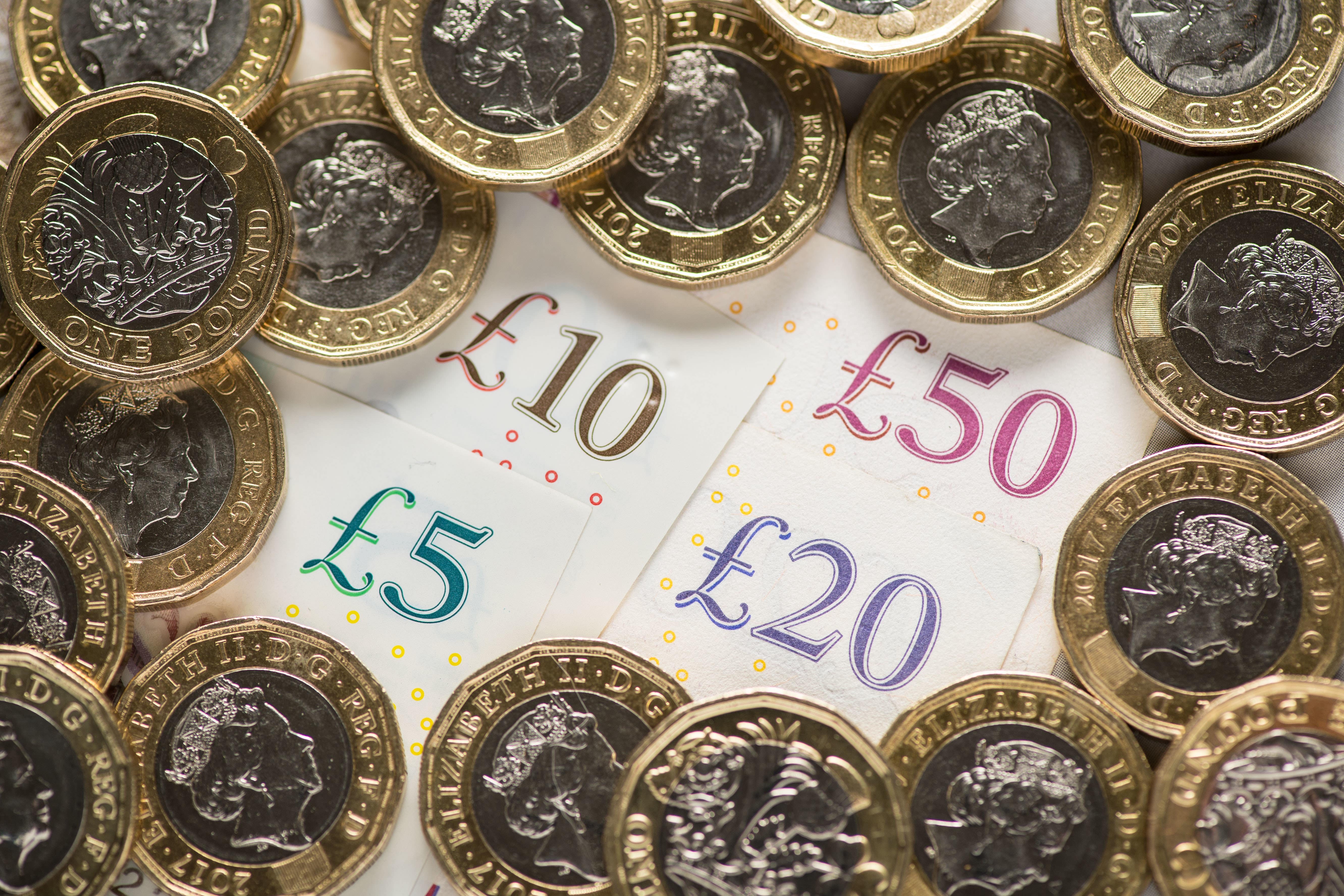Use of physical cash one for the up for first time in at least a decade
Coins and banknotes were a ‘useful tool’ to manage spending as living costs rise, says British Retail Consortium
Your support helps us to tell the story
From reproductive rights to climate change to Big Tech, The Independent is on the ground when the story is developing. Whether it's investigating the financials of Elon Musk's pro-Trump PAC or producing our latest documentary, 'The A Word', which shines a light on the American women fighting for reproductive rights, we know how important it is to parse out the facts from the messaging.
At such a critical moment in US history, we need reporters on the ground. Your donation allows us to keep sending journalists to speak to both sides of the story.
The Independent is trusted by Americans across the entire political spectrum. And unlike many other quality news outlets, we choose not to lock Americans out of our reporting and analysis with paywalls. We believe quality journalism should be available to everyone, paid for by those who can afford it.
Your support makes all the difference.The use of physical cash has increased for the first time in at least a decade, as households return to using coins and banknotes to manage their finances in the cost-of-living crisis.
Across the UK, cash accounted for 19 per cent of transactions in 2022, according to the British Retail Consortium (BRC) – up from 15 per cent in 2021.
It is the first time since the BRC’s annual Payments Survey reports started in 2013 that it has seen a year-on-year increase in cash usage.
“Faced with rising living costs, cash was a useful tool for some people to manage their finances and track their day-to-day spending,” the report said.
Also reflecting spending pressures, consumers began making smaller but more frequent payments last year as they sought to manage their budgets.
The number of transactions increased from 17.2 billion in 2021 to 19.6 billion in 2022, and the average transaction value fell from £24.49 to £22.43, as consumers shopped around.
The rebound of physical cash also reflects a natural return to coins and banknotes following the abrupt move to contactless during the coronavirus pandemic, the report said.
However, cash usage remains well below 2020 levels, when it accounted for 30 per cent of all transactions.

This led the BRC to note that, “whilst a small percentage of people have returned to pre-pandemic habits, for a large portion of the population, the pandemic has had a lasting impact on how much we transact in cash”.
The trade association also said the recovery in cash use in retail settings was “fairly minimal”, with “only a relatively small increase as a share of total sales by value” – up from 8.2 per cent in 2021 to 11 per cent in 2022.
Card payments were used for 76 per cent of transactions in 2022, down from 82 per cent in 2021 – with debit cards accounting for around four in five of these transactions.
Alternative payment methods increased in popularity in 2022, from 2 per cent of transactions in 2021 to 5 per cent in 2022. This category includes options such as buy now, pay later.
Hannah Regan, payments policy adviser at the BRC said: “We are now seeing a return to many of the pre-pandemic trends in payments, including smaller but more frequent purchases, and a slight return of cash payments.”
Additional reporting by PA

Join our commenting forum
Join thought-provoking conversations, follow other Independent readers and see their replies
Comments